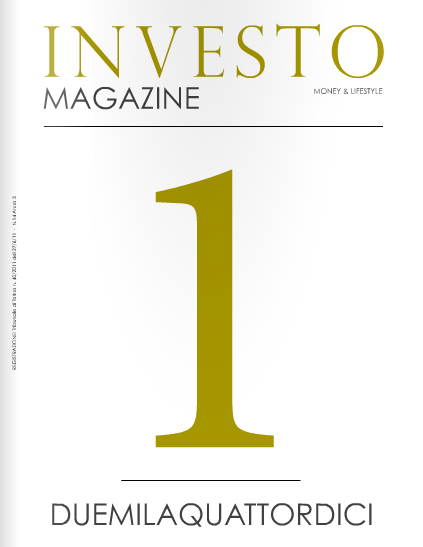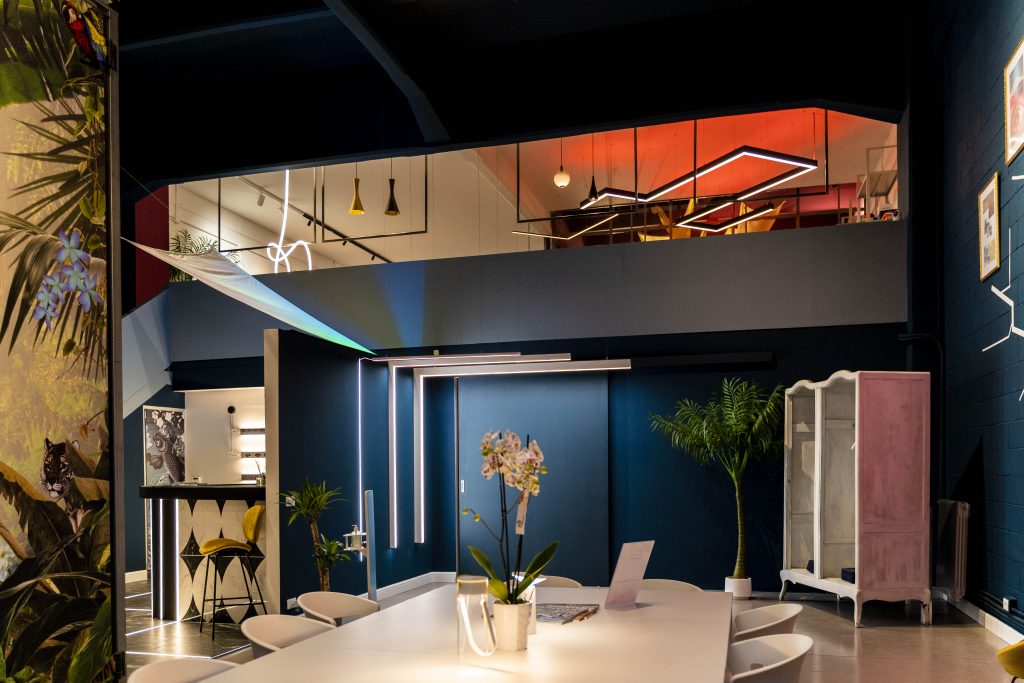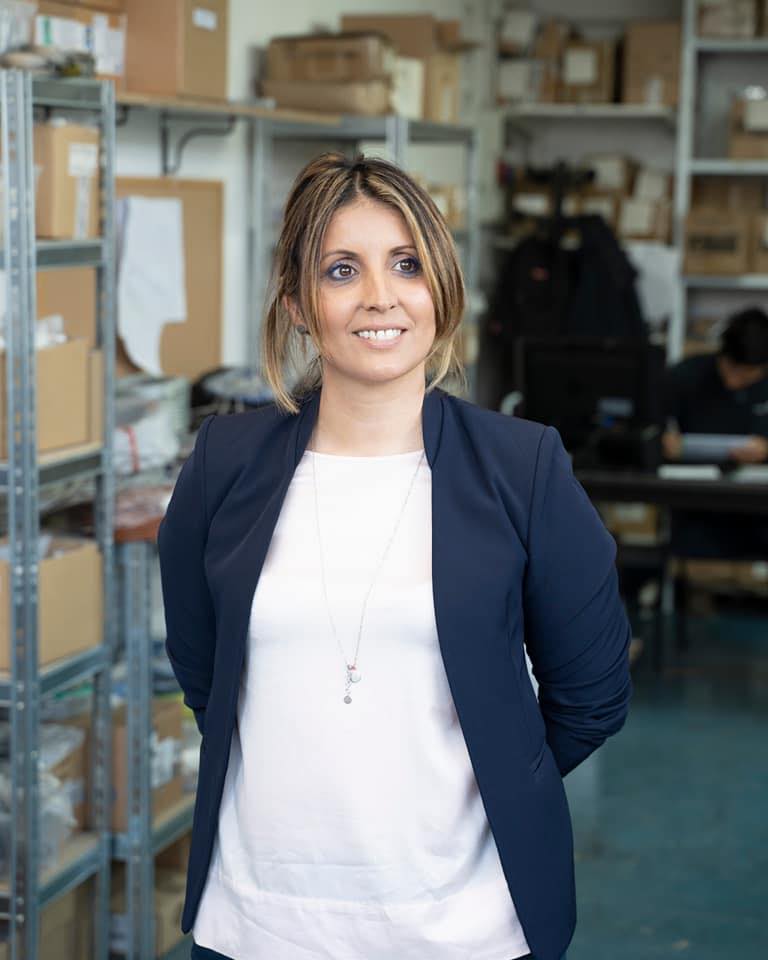Sulla via della seta non transitano solo tessuti preziosi e spezie esotiche. Ma, in attesa della “ferrovia della seta” già progettata, sono le tecnologie avanzate ed i prodotti energetici a percorrere l’Asia Centrale congiungendo l’Europa Occidentale sino alla Mongolia. E per imprenditori ed investitori italiani si aprono steppe e città pronte ad accogliere il made in Italy declinato in ogni forma.
Dalla Turchia all’Azerbaijan, dal Kazakhstan all’Uzbekistan sino ad arrivare ad Ulan Bator: un mondo ancora troppo sconosciuto per chi vuole operare con l’estero. Perché i flussi delle esportazioni privilegiano i mercato ormai consolidati, da Mosca a Pechino, ma ignorano o comunque sottovalutano le enormi potenzialità di Paesi in forte crescita e con consistenti disponibilità economiche.
Eppure sono i Paesi con i maggiori incrementi annuali del Pil, dispongono di risorse energetiche o di minerali fondamentali per l’industria avanzata, hanno margini di sviluppo immensi in settori come il turismo o l’agricoltura. E cercano partner occidentali per ammodernare la propria industria, per farla decollare.
Cercano tecnologie avanzate per una manifattura che guarda al futuro, ma la borghesia nascente di questi Paesi guarda all’Italia anche per tutto ciò che, nell’immaginario collettivo, rappresenta il bello, lo star bene, il lusso. Senza dimenticare che gli imprenditori della via della seta guardano all’Italia anche come luogo per investire. E se, ad esempio, per il momento lo squilibrio di investitori italiani in Turchia (oltre 1.100 aziende) e turchi in Italia (meno di 50) è evidente, il trend è destinato a radicali mutamenti: dopo aver rilevato Lumberjack e Pernigotti, i turchi hanno in programma investimenti in Italia per oltre 100 milioni di euro.
E pure gli altri Paesi lungo la via della seta guardano all’Italia come sbocco di grande interesse, anche perché alternativo al commercio con il gigante cinese, vicino ed ingombrante. Un enologo piemontese sta sperimentando vigne e vini in Kazakhstan, Astana e Baku collaborano con un centro studi italiano come Il Nodo di Gordio, la Mongolia si affida a Riccardo Migliori, presidente emerito dell’assemblea parlamentare dell’Osce.
Forse è proprio questo approccio a frenare gli imprenditori italiani. Abituati a lavorare solo sugli aspetti commerciali, si ritrovano alle prese con Paesi ricchi e consapevoli di avere, alle spalle, storie e culture di altissimo livello. Non basta arrivare con un buon prodotto da vendere o con un pacchetto di soldi per comprare. Occorre conoscere la vicenda di Gengis Khan e Tamerlano, di Samarcanda e Bukhara, di Ataturk e delle chiese Albane in Azerbaijan.
Popoli che chiedono rispetto per la propria identità ma che, una volta ottenuto, non hanno problemi a trasformare un cantante napoletano nell’idolo musicale di Astana. Così come a rivolgersi alle archistar internazionali per creare città modernissime in territori prima desolati. Occorre solo arrivare preparati agli incontri. Qualche buon libro, qualche rivista di geopolitica e le porte del business si apriranno.
Autore: Claudia Grandi
Precious fabrics and exotic spices are not the only trades carried out along the Silk Route. But, while waiting for the already planned “silk railway”, advanced technologies, energy supplies and commodities travel across Central Asia to Western Europe up to Mongolia. And for Italian investors and entrepreneurs steppes and entire cities open up to welcome the Made in Italy in all its forms.
From Turkey to Azerbaijan, from Kazakhstan to Uzbekistan and Ulan Bator: for those who want to invest abroad, this is still an unexplored world because exports are usually done towards well-established markets, from Moscow to Beijing, ignoring or underestimating the enormous potential of countries with strong growth and substantial economic resources.
Yet these are the countries with the highest annual increases in GDP, they have energy resources and minerals that are essential for advanced industry, and they have huge potential in tourism and agriculture. And they seeks Western partners to modernize their industry in order to make it takes off.
They look for advanced technologies to create a manufacture that looks to the future, but in these countries the emerging middle-class looks at Italy for our fine products, lifestyle and luxury goods. And let’s not forget that the entrepreneurs of the “silk route” look at Italy to invest. And if, for example, the imbalance between Italian investors in Turkey (over 1.100 companies) and Turkish investors in Italy (less than 50) is quite evident, the trend is going to change: Turkish investors, after taking over Lumberjack and Pernigotti, are planning to invest in Italy with more than 100 million Euros.
Also other countries along the silk route look at Italy as an important opportunity and alternative to trades with the neighbouring and cumbersome China. A Piedmonts wine-making expert is experimenting wine-yards and wines in Kazakhstan, Astana and Baku are cooperating with Italian Research Centre like “Il Nodo di Gordio”, Mongolia is working with Riccardo Migliori, who is the emeritus president of the OCSE Parliamentary Assembly.
Maybe this kind of approach does not interest Italian investors. Used to focus on the business aspects of commercial transactions, they now have to deal with rich countries that are aware of their great history and culture. Good products and money to invest are not enough anymore. It is important now to know the history of Gengis Khan and Tamerlano, of Samarcanda and Bukhara, of Ataturk and the Albane churches in Azerbaijan.
People who demand respect for their identity and afterword they are able to transform a singer from Naples into the Astana music star. Or to contact international architect stars to project modern cities in deserted areas. You only need to come prepared to meetings. It will take just some good books, some geopolitical magazines and the business doors will open.
Writer: Claudia Grandi
» 2014, 2014 – Numero 3, In evidenza, Investo Business » Sulla via della seta.Along the silk...






 youhost
youhost